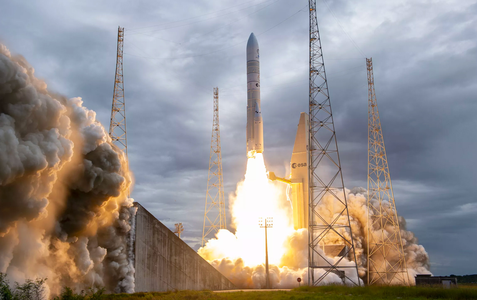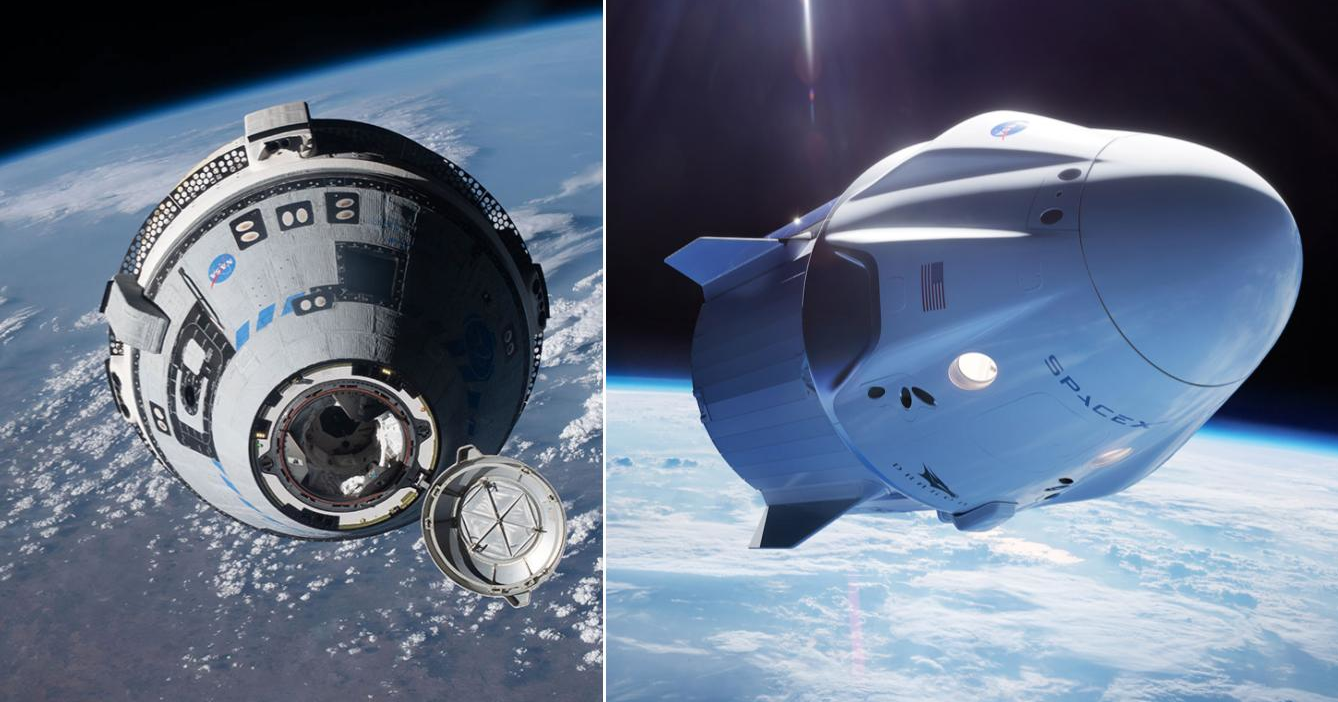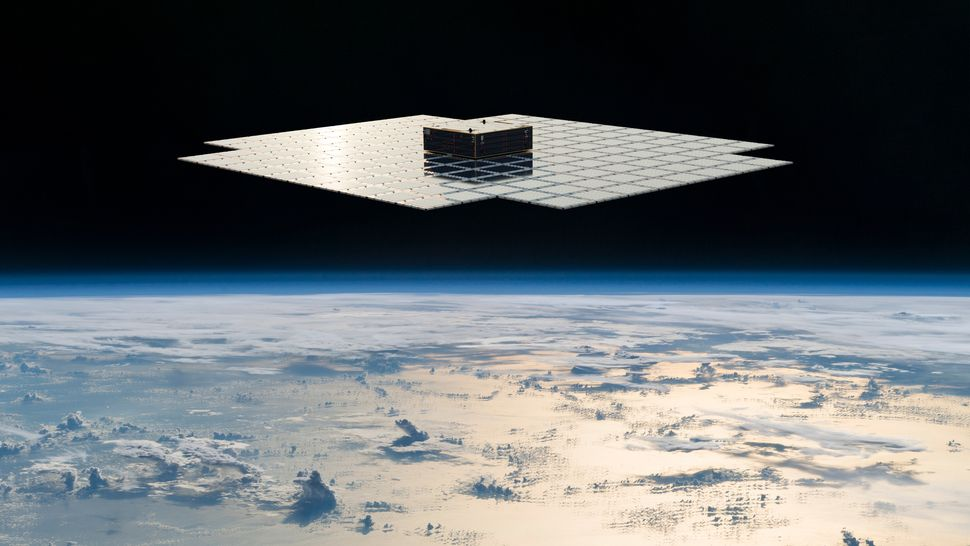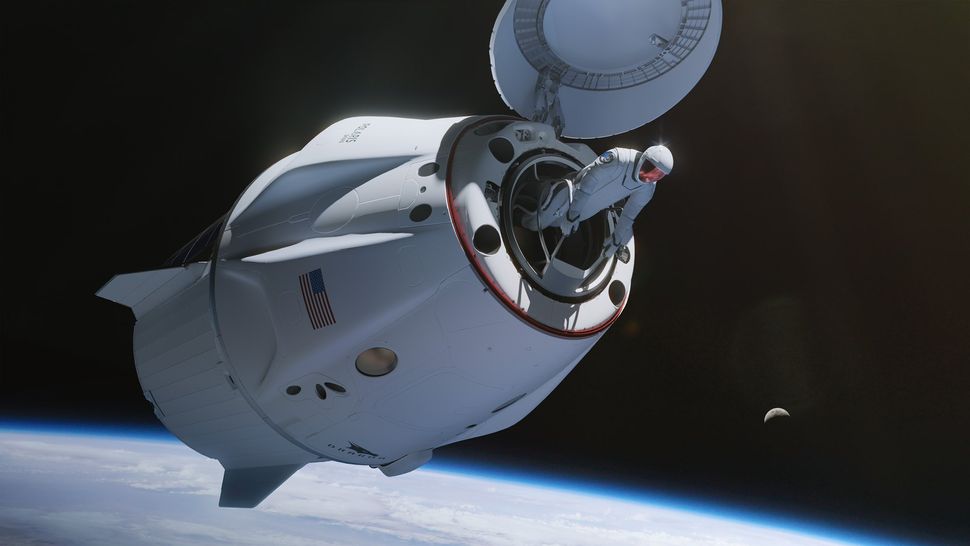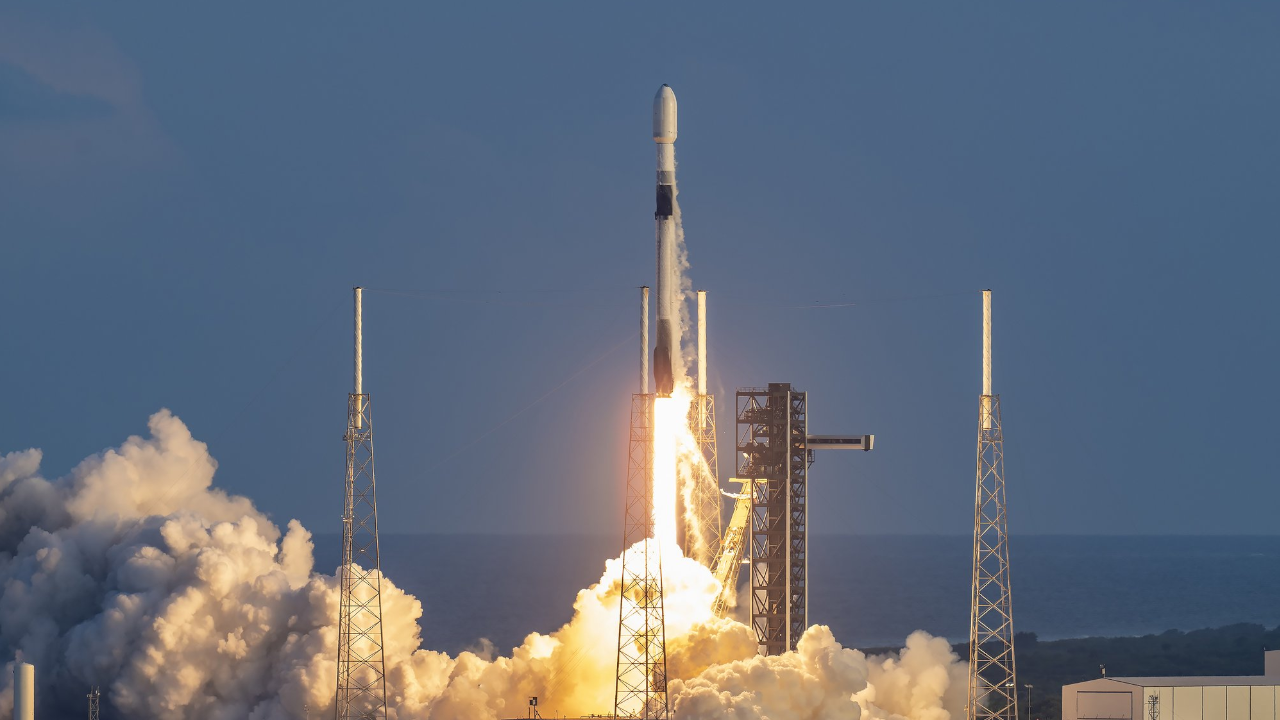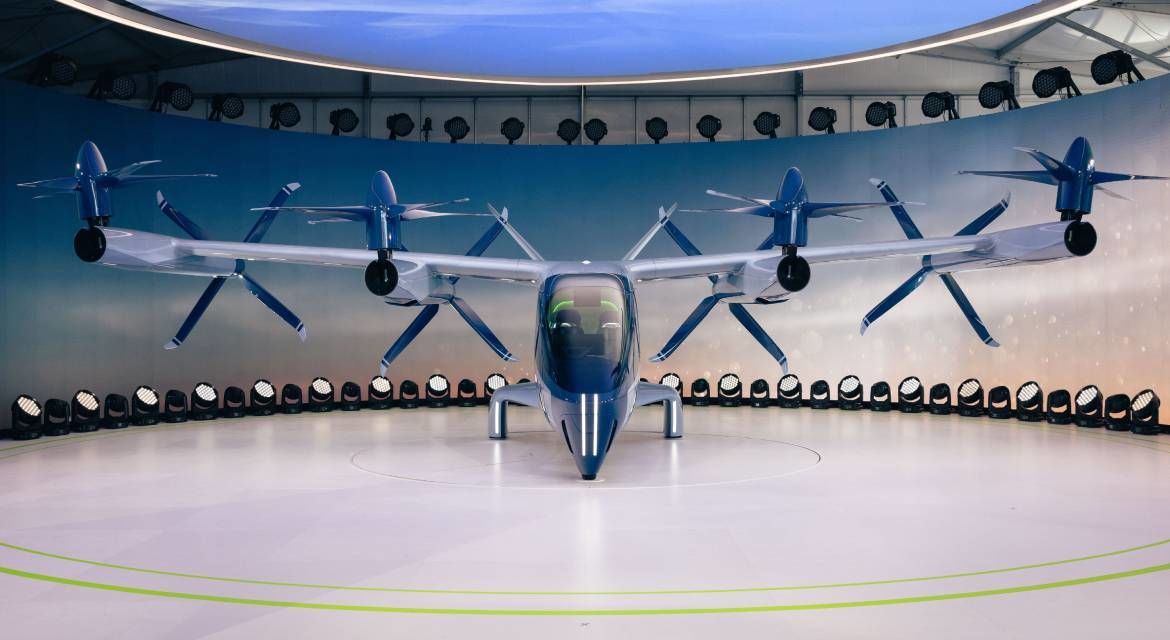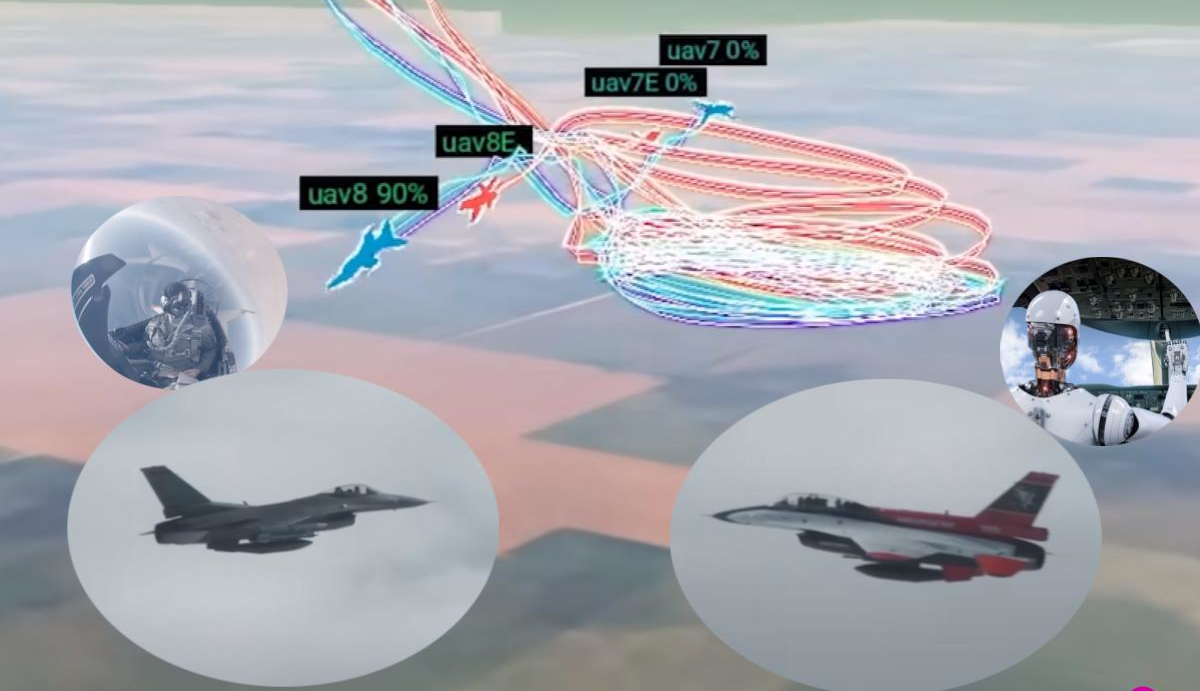On Tuesday, July 9, the European Space Agency (ESA) successfully launched the Arian 6 space rocket, which reached its planned altitude of 600 kilometers and successfully launched several experimental satellites. However, it was also carrying two capsules that were supposed to return to Earth’s atmosphere, and their launch failed.
Since the retirement of the Ariane 5 rocket last year, Europe has been without a launch vehicle to access space and has had to rely on SpaceX’s Falcon 9 rocket to launch large satellites, as Russian Soyuz rockets are no longer an option.
The Arian 6 program was originally scheduled to be completed in 2020, but it was delayed for four years and cost more than expected, drawing criticism for its high cost compared to SpaceX’s reusable rockets, which save tens of millions of dollars per launch. However, for European politicians, it is a matter of national security, self-sufficiency, and support for European space technology.
Debate Over Reusability
Some rocket manufacturers have argued that making the Arian 6 reusable like the Falcon 9 may not be economically feasible due to its limited number of flights. However, this argument remains unconvincing, at least in our opinion. There is no doubt that Europe, at all costs, needs a vehicle that can reach space independently of any other power, especially with the growing space race between countries. Europe must find its place among the increasing number of lower-cost rockets being manufactured by Chinese and American companies.
Future Plans
Another launch is planned for this year, and several more are planned for next year. The manufacturing company has also secured contracts with Amazon to launch satellites for the Kuiper satellite internet network. ESA member states are supporting launch operations to make them more competitive with rival companies, at a cost of between $315 and $370 million per year.
